Image.
AI make images. But only one AI is right for you.
AI makes images. But only one is right for you.
You don’t have a shortage of good AI to make images: Midjourney, Gemini, ChatGPT, Flux, Ideogram, Recraft.
Here’s my current favorite list, per use case.
The best artistic AI.
Midjourney.
Pros:
✦ It’s (by far) the best AI to generate images with taste.
✦ There is virtually no limit to the output you can generate.
✦ Mastering Midjourney is a high-paid skill.
Cons:
✦ Hard to master.
✦ Hard to get exactly what you want.
✦ Handles text terribly. Don’t use for text.
My favorite place of the tool is the Explore tab (“Top month”). Click on anything you find interesting, and you can 1) download it 2) copy the prompt for yourself.
To access it: https://www.midjourney.com/explore?tab=top_month.
The other best way to use Midjourney (that is underrated) is the search bar (top right of your screen). Instead of trying to figure out different styles yourself, you can scroll through people’s creations until one fits your needs (or closely).
Midjourney is (extremely) good at copying famous styles. For this, you want to go to midlibrary.io (it’s free). It has nearly every style you could dream of. For an in-depth course for Midjourney, by Midjourney, go here.
Some companies have completely mastered their style on Midjourney, like Gamma (it’s from their brand.gamma.app book).
I’m in San Francisco these days, and I spent some days at their office. I learned a lot about the company’s vision. I love it. Bringing visual storytelling to everyone.
Here’s me and the CEO, Grant Lee. I’ll dive deeper into Gamma and how to create images for slides with it at the end of this newsletter.
Back to Midjourney. All of my blog covers are made with Midjourney.
For example, here’s my last newsletter’s cover prompt:
logo of a grandmother knitting, --chaos 10 --ar 16:9 --raw --sw 500 --stylize 450 --v 7
The parameters are key (the last part of the prompt, with --).
Let’s make this week’s newsletter cover together.
So the topic is “AI images” and “How to pick the right one”. There is this idea that AI helps us see the world through a new medium. I started by going to “Top of the month”, and after scrolling for a couple of minutes, I found this:
I click on the image, and copied the prompt:
A tall, rectangular polished mirror column, perfectly vertical, standing alone on a smooth light-gray concrete surface under a bright clear blue sky. The camera is positioned directly facing one flat side of the column, so that the front face is almost perfectly aligned and centered towards the viewer, with only minimal perspective on the side edges. The mirrored surface reflects the sky and clouds in crisp detail, with sharp natural shadows cast on the ground. Ultra-realistic detail, high dynamic range, no letterbox, no black bars.
I then added my own twist to it (+ an old newsletter image as the style reference).
If you don’t know about style reference, check this article.
A tall, rectangular polished mirror column, perfectly vertical, standing alone on a smooth light-gray concrete surface under a bright clear blue sky. The camera is positioned directly facing one flat side of the column, so that the front face is almost perfectly aligned and centered towards the viewer, with only minimal perspective on the side edges. The mirrored surface reflects the sky and clouds in crisp detail, with sharp natural shadows cast on the ground. Ultra-realistic detail, high dynamic range, no letterbox, no black bars. --chaos 15 --ar 16:9 --raw --profile bmta9vs --sw 500 --stylize 1000
Here’s the result after roughly 40 generations (10 times 4 images).
I then go to Canva, select the orange color, and change it to my own HEX pink color. And here you have it. My final cover. You can see it here: https://ruben.substack.com/archive?sort=new.
The best editing AI.
Gemini.
I wrote two extensive guides on how to use the new Nano-Banana from Gemini.
How to use it: https://ruben.substack.com/p/banana.
How to restore old photos: https://ruben.substack.com/p/grandma.
Pros:
✦ It’s blazing fast to generate an image. Probably the fastest.
✦ It’s right inside Gemini, which is also an LLM like ChatGPT.
✦ The single best at image editing, while preserving the original image.
Cons:
✦ Don’t use for text.
✦ Not a good image from scratch.
✦ Crazy guardrail (because it’s Google).
Gemini is about to become the easy Photoshop anyone can use.
And I’m here for it.
The best all-rounder AI.
ChatGPT.
You can create images right inside ChatGPT.
Pros:
✦ It’s right inside ChatGPT.
✦ It’s best to mix creativity and control.
Cons:
✦ Don’t use for text (again).
✦ It is so, so slow to generate an image.
✦ If you upload a picture, you can’t just edit parts of it.
I use ChatGPT to generate these carousel images.
Here’s a chat example: https://chatgpt.com/share/68bb735e-4c90-8007-b54a-f97f81ea42d0. PS: my email is now too heavy… I can hardly add more pictures. Consider joining our paid sub chat so you receive an unlimited amount of cool stuff from me :)
The best text-in-image AI.
Ideogram.
It’s free to try. Worth a short. For example:
A billboard in San Francisco with the exact following text: "YOUR TEXT HERE."
But I had bad experiences recently.
I prefer picking up a reference image on Pinterest and modifying the text with Gemini (the new nano-banana). We are still very far from being able to generate a full infographic with AI.
The best AI to make slides.
Gamma.
This is not an AI with one model. It’s an AI made to make slides, with most of the image models backed in.
Let’s create a Linkedin carousel together.
1 - Generate a new presentation with Gamma.
2 - Write your prompt (I picked: “Myth: Burnout comes from long hours. Truth: Burnout comes from losing hope you can make it.”)
3 - Pick “Social”, “Portrait”, 10 slides.
Once you generate it, you can pick your favorite model:
I love “Recraft Vector Illustration” and “GPT Image”. Sometimes “Imagen 4” too.
People like you try to master AI for their own specific projects.
I can’t ask & help the 126,000 free subscribers how I can help them.
But I can help the few hundred people who pay for this newsletter (it’s $200/year).
Join our chat and tell me what kind of images you need.
My community and I will find a way to help you out!
Humanly yours - Ruben.
Archive of past newsletters (and my favorite free guides) at https://docs.google.com/document/d/1pWuMCBVQo1zKcgKltX_BZxAr31KgxmOlp3Vzvmc5Hxc/edit?tab=t.0.


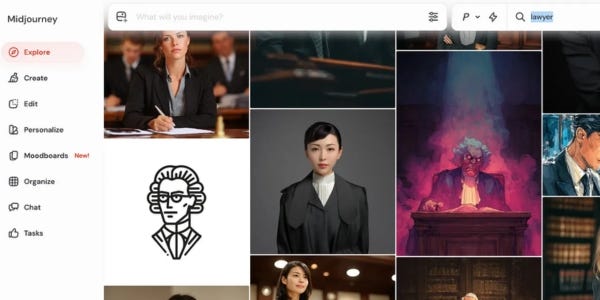
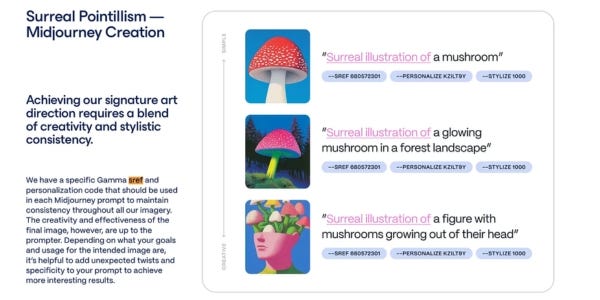

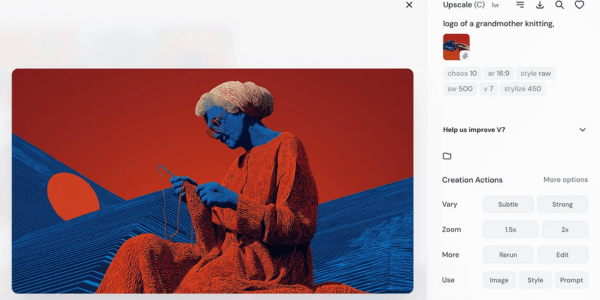

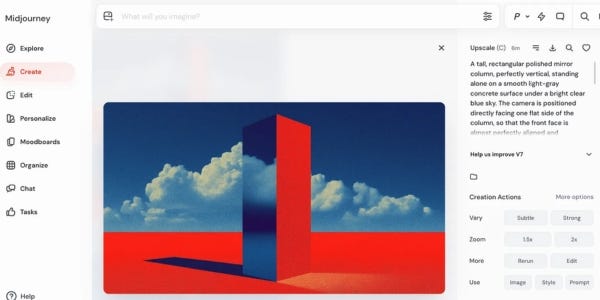


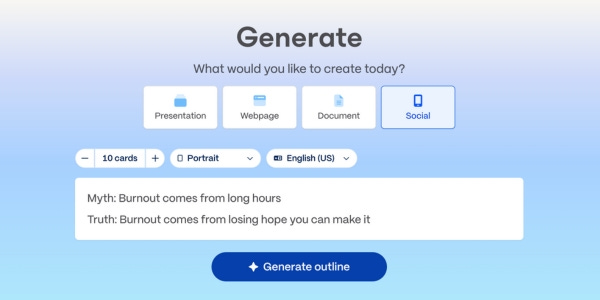
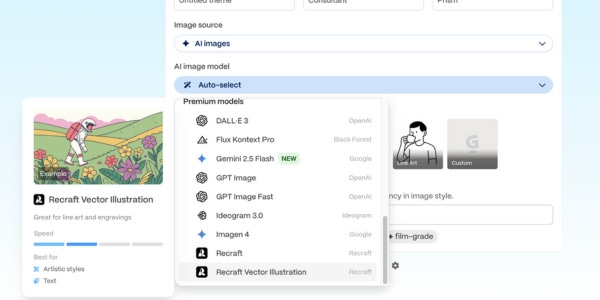

Great content. Thanks for sharing
I needed this guide. There are so many models and when it comes to images, there are a lot of use cases that one model doesn't do the trick.
Now I know which model to use for which image use case.